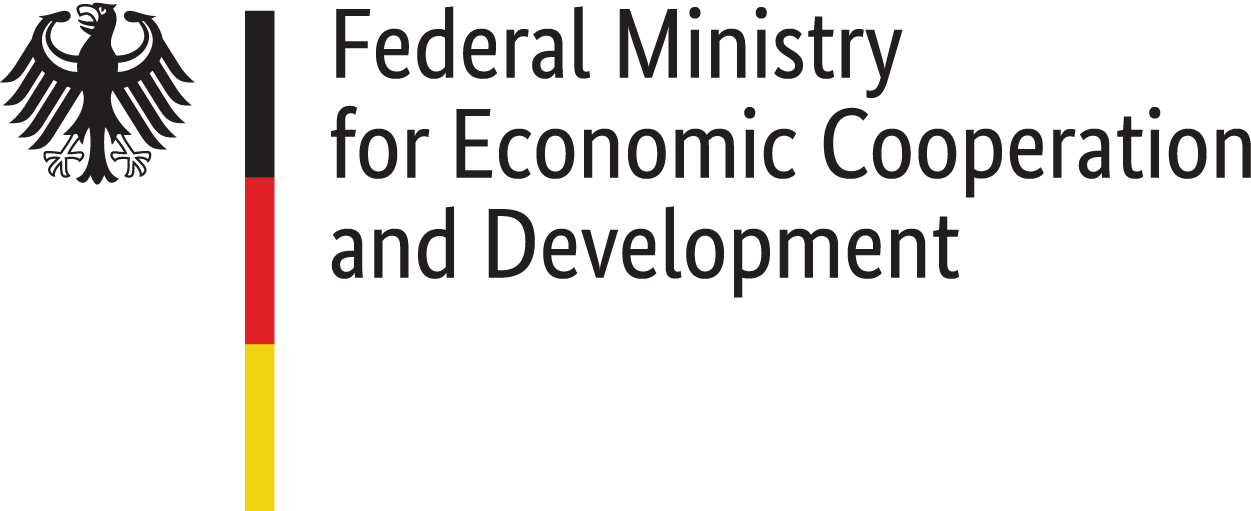New trends
During its recent history of independence, Ukraine experienced numerous crises. In such turbulent times, the Ukrainian society felt an even more urgent need for high-quality, up-to-date and comprehensive information. Traditional Ukrainian media outlets have been disappointing their customers in this regard, thus steering the interest towards other, alternative sources of information. So, after several revolutions, online media outlets received their chance to develop.
For example, before the Orange Revolution, online media outlets served a role of such alternative sources. When some of them were bought out to change their editorial policies, well-known Bloggers distanced themselves by starting their own portals with the society’s focus shifting with them to personal projects, such as the «LiveJournal» blogging platform (of investigative journalist from Donbas Denys Kazanskyi), «Frankensstein» (now Blog of Denys Kazanskyi), or «Pani Grunia» (now the website of cultural columnist Vira Baldyniuk).
While traditional media and eventually the online media outlets were adopting the methods of covert advertisement, called «dzhynsa» in Ukraine, compromising the trust to their own content, the population looked for new sources of information and facilitated emergence of new community projects. For example, the website «Road control» emerged, based on the community attempts to combat corruption and extortion of bribes by the road police. It was also covering the outrageous violations by drunk drivers, young nouveau riches, etc. The website «You have a right to know» in the town of Brovary near Kyiv emerged as a result of the activists’ stand against the local mayor, who behaved as a regional baron doing whatever he pleases. The website of Irpin regional community developed quite similarly: it was founded by two concerned local women, who invited the journalist Iryna Fedoriv to edit their texts; now, the website collects topical information from common citizens, and reviews and publishes it. The Kharkiv website "Nakipelo" ("boiling over") also emerged as a community project; now, the journalists of "Nakipelo" conduct trainings for community activists in the oblast rayons on how to process and write on current affairs for eventual publication.
Some community projects use social networks: for example, in Facebook, there is a Lviv community «Your city», with 37 thousand subscribers/readers. The project aims to meet informational needs of a common Lviv resident, and has already won the trust of the city dwellers with the corresponding selection of topics. A startup of hot news «Khuyovyi Kharkov» (‘F..cking Kharkiv’) in Vkontakte, Russian social media platform has 166 thousand readers; for comparison, the number of copies of the city council newspaper «Kharkovskiye Izvestiya» of the city with the population of two million is only 2 thousand.
The social networks themselves gradually started to play the role of media outlets. The role of Facebook in this process is especially important: in the Western countries, this social network is usually perceived as a network for personal contacts and entertainment, but in Ukraine, this website became the forum for fierce political and social discussions, although often overly emotional. With obvious advantages, such as accessibility, also the downside of social media becomes now more and more obvious, such as hate speech. However, what turns Facebook effectively into a media outlet is that well-known bloggers move from LiveJournal to Facebook and government officials open Facebook accounts. As a consequence, their posts and statements appear on Facebook unfiltered and sooner than on any official website and certainly long before wire services or information agencies would pick them up.
Hromadske.TV is certainly a distinct Ukrainian phenomenon. It emerged before the Revolution of Dignity of 2013-2014, and developed alongside the Maidan. It was founded by journalists with proactive attitudes, the great majority of whom resigned from the TVi channel due to the changed editorial policy. Direct streams from the Maidan and from the regions became Hromadske’s signature point. One can watch Hromadske on their website or via YouTube. The brand of Hromadske became so popular that regional mass media outlets started to emerge around Ukraine under this name and later requested to get incorporated into Hromadske. Now, there are 14 editorial offices of Hromadske; yet, in Chernihiv, the brand name of the local office was revoked due to the editorial staff’s involvement in publication of dzhynsa, covertly commissioned materials. Although Hromadske endured several reputational hits due to scandals, it has a promising future (some similar projects, such as Spilno.TV were developing along the same lines, yet failed to live up to the competition and withdrew from the media market).


